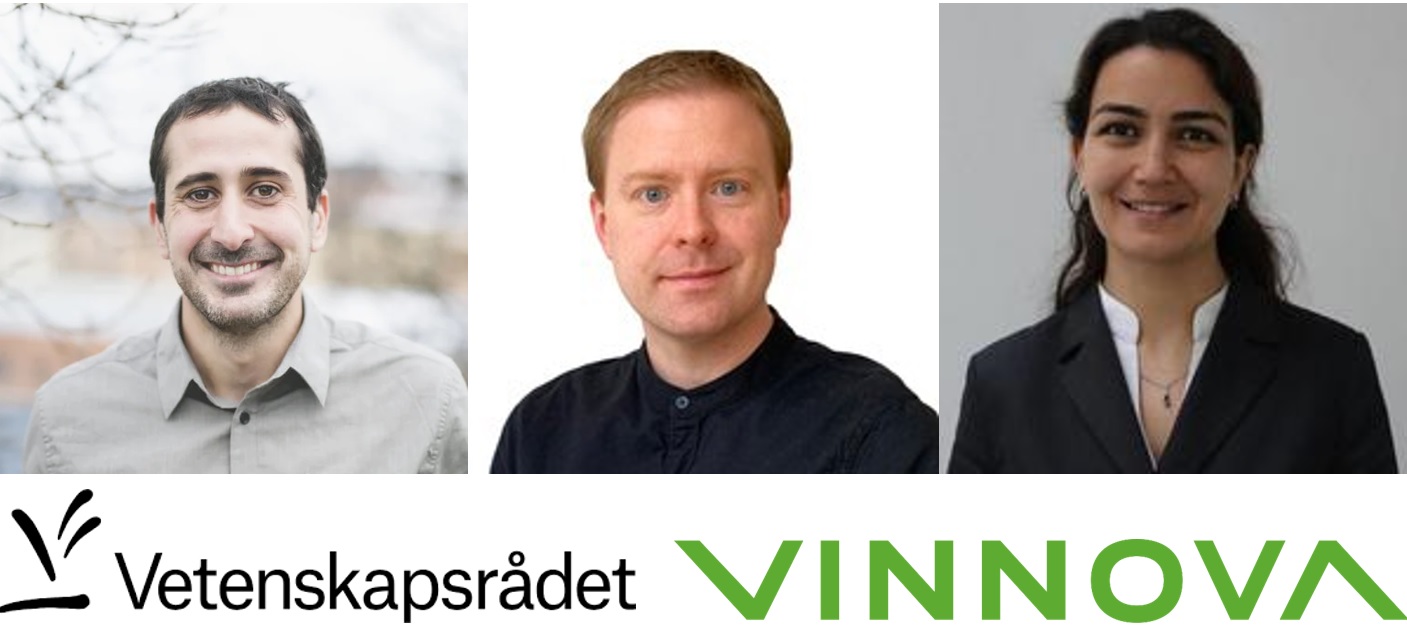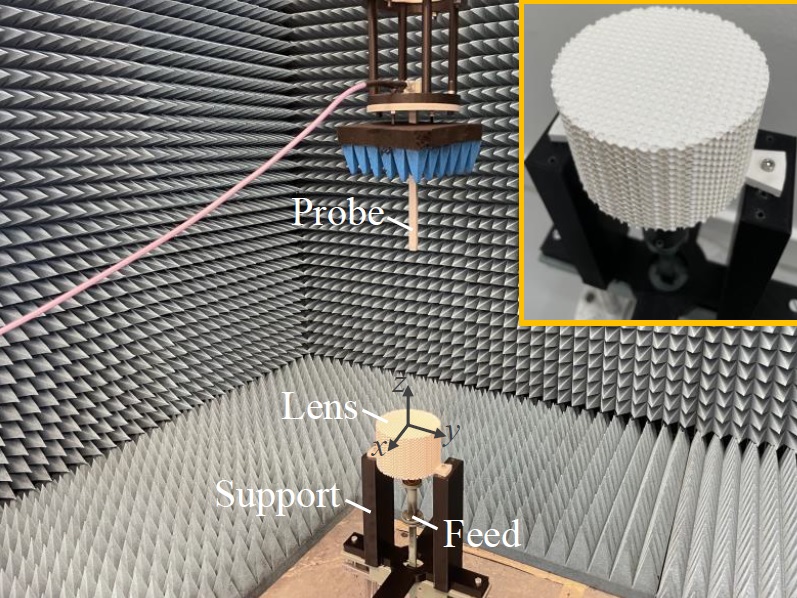Three New National Research Grants to SweWIN Researchers

Between September and October 2025, three area leaders at SweWIN (Oscar Quevedo-Teruel, Emil Björnson and Cicek Cavdar) were awarded three national grants, from the Swedish Research Council and Vinnova, to launch projects at different scales.
MoAna Project
On September 30, following the Vinnova call on 6G - international research and innovation collaboration 2025 , the project Modelling the Testing Infrastructure for Highly Efficient 6G Antennas (MoAna) , led by Oscar Quevedo-Teruel, and coordinated by KTH was awarded 2.9 million SEK.
Next-generation 6G communication systems pose significant challenges for testing, primarily due to the expected implementation of high-frequency components and tight integration of RF semiconductors with multiple antennas. The use of reverberation chambers offers an accelerated method for evaluating high-speed testing cases, which is critical for rapid 6G development. In this sense, the MoAna project proposes utilizing a ray-tracing approach to analyze only the "early-time" portion of the test, targeting the specific segment where measurement errors are most likely to occur.
MoAna project is a collaboration between KTH and two partners in the Netherlands, Antennex and Ampleon, and is scheduled to last 18 months, starting on November 1, 2025.
Advanced Connectivity Project
On October 17, and as part of the Vinnova call on Visions for world-leading research and innovation in strategic technology areas , the project Advanced Connectivity - Driving Research and Innovation in Future Digital Technologies was approved to receive a funding of 1.4 million SEK. This project is coordinated by Lund University as a collaboration with Chalmers, Linköping University, and KTH. In particular, the SweWIN area leaders Emil Björnson and Cicek Cavdar are the principal investigators (PIs) representing KTH. The other PIs represent the research centers NextG2Com, WiTECH, and ELLIIT.
Advanced Connectivity is a 6-months planning project, aiming to deliver a comprehensive roadmap for establishing a Vinnova excellence cluster that enables a world-leading Swedish research and innovation eco-system within digital technologies for advanced connectivity. The roadmap will include technical, financial and organizational requirements as well as analyses of domain specific eco-systems, legal aspects, key stakeholders, sustainable development and operations, and any other relevant aspects. The roadmap will then form the basis for the next step in the application process.
LOGHAN Project
Finally, on October 30, The Swedish Research Council has decided on the applications to be awarded grants within Natural and engineering sciences 2025 . Among them was the project, Low-diffractive geodesic horn antennas for near-field focusing (LOGHAN), led by Oscar Quevedo-Teruel and coordinated by KTH.
Wave diffraction causes power loss over distance. While ideal non-diffractive beams are physically impossible, low-diffractive beams can be realized with a truncated aperture for efficient remote power transfer. In that sense, the LOGHAN project aims to produce a new class of near-field power transfer devices, which will be adapted to operate with geodesic horn antennas.
With this new design technique and this new implementation, the ambition is to produce the most efficient low-diffractive beams until now, and that they will also be ultra-wideband.

This work is a collaboration between KTH, La Sapienza University in Italy and the Swedish company Northern Waves, a SweWIN partner. The total budget is 4.26 million SEK that will be covering a period of 4 years.
You can read more about KTH research that was awarded a total of 155 million SEK from the same fund at this link .

